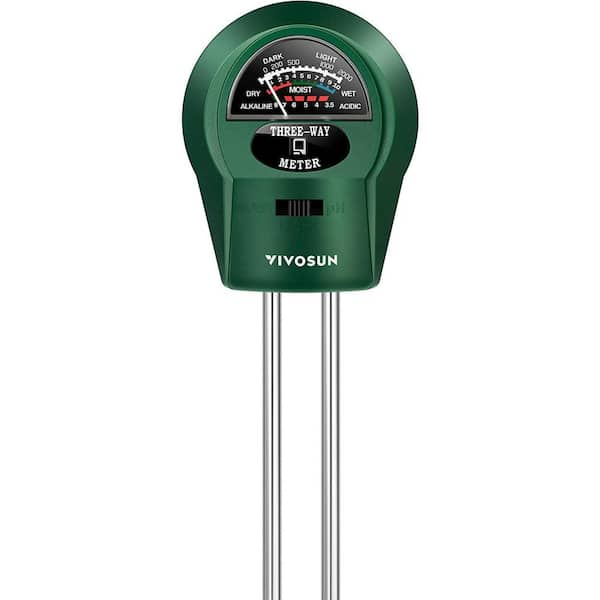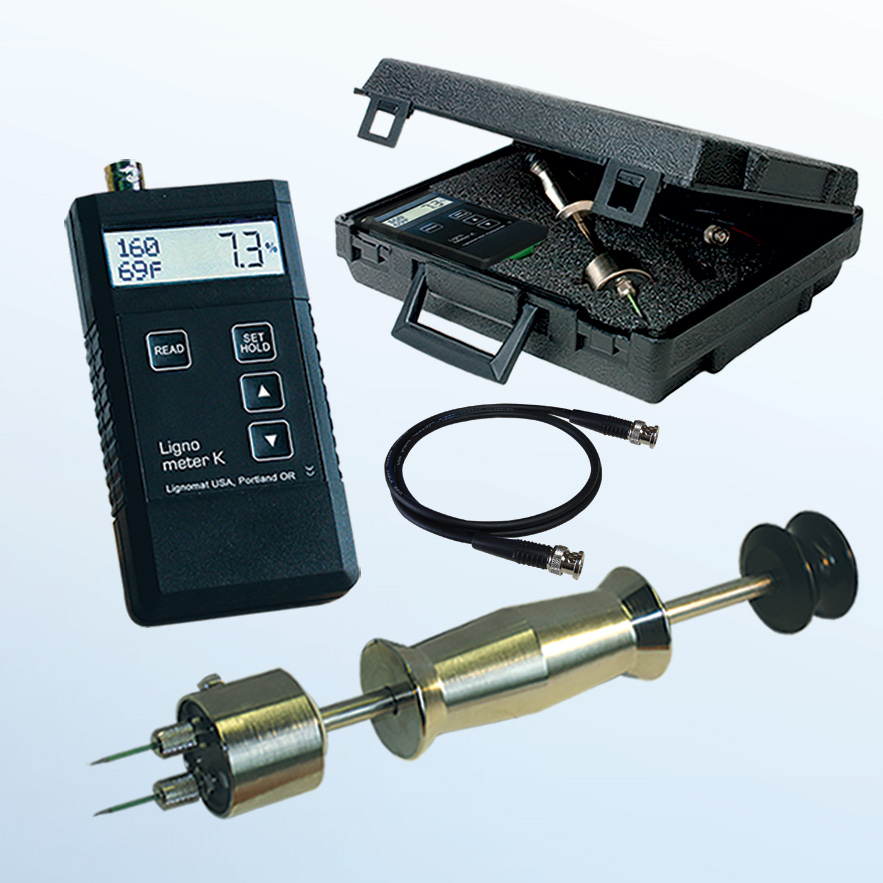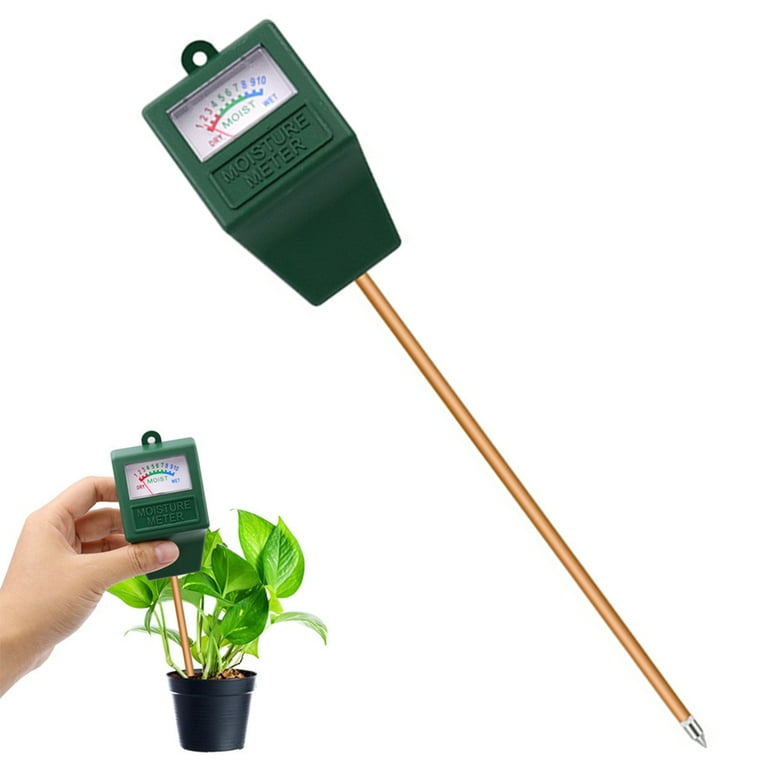The Scientific Research Behind Moisture Meters: Just How They Work and Why They're Necessary
The Scientific Research Behind Moisture Meters: Just How They Work and Why They're Necessary
Blog Article
Recognizing the Importance of a Moisture Meter in Stopping Mold and Water Damages in your house
In the world of home maintenance, the visibility of moisture can typically be a quiet yet awesome adversary, capable of causing prevalent mold and mildew growth and dangerous water damages if left untreated. Comprehending the value of a dampness meter in this fight is not merely an option yet a tactical need.
Significance of Moisture Discovery
Effective moisture detection approaches are crucial for guarding residential or commercial properties and avoiding possible mold development and water damage. Moisture can permeate into different structure products, bring about structural concerns and carcinogen. By using a moisture meter, homeowner can proactively recognize locations prone to excess dampness, permitting timely intervention and mitigation methods.
Moisture meters provide exact readings of dampness degrees in different products such as drywall, timber, and concrete. This data helps in determining areas of problem, even in hard-to-reach or covert places. Early detection of dampness buildup allows punctual repair services or adjustments to avoid more damage.

Just How Moisture Meters Work
Wetness meters play a crucial duty in the positive recognition of excess dampness, helping in the avoidance of prospective mold and mildew development and water damage by supplying exact readings of dampness levels in various building products. Some progressed dampness meters pin both integrate and pinless innovations for comprehensive wetness discovery. Recognizing exactly how moisture meters feature is vital for prompt and accurate dampness degree evaluations, enabling efficient preventative measures versus mold and water damages.
Detecting Early Warning Indications
Upon preliminary inspection of a residential property, identifying subtle indicators of excess moisture becomes essential in the very early detection of possible mold and mildew development and water damage. Some usual very early warning indicators include mildewy odors, water spots on wall surfaces or ceilings, peeling paint or wallpaper, and deformed or stained surfaces. Musty odors commonly indicate the existence of mold and mildew or mildew, also if no visible signs are noticeable. Water stains can indicate leaks or infiltration, while peeling paint or wallpaper may be an outcome of moisture jeopardizing the adhesion of these materials to the surface area. Warped or discolored surfaces, such as twisting floorboards or tarnished drywall, are clear signs of water damage. Additionally, a boost in allergy signs or breathing problems amongst passengers may suggest the visibility of mold and mildew as a result of excess moisture. By immediately determining and resolving these very early indication, homeowners can mitigate the risk of extensive mold and mildew growth and water damage in their properties.
Avoiding Mold And Mildew Growth
Recognizing early warning indicators of excess wetness within a residential or commercial property not only makes it possible for punctual discovery of prospective mold and mildew development and water damages but likewise serves as address an aggressive procedure in stopping the expansion of mold. To effectively stop mold and mildew development, it is critical to resolve any kind of resources of moisture quickly.
Keeping track of dampness levels in locations prone to dampness, such as basements and crawl spaces, making use of a dampness meter can likewise aid in early detection of elevated wetness degrees and prospective mold development - Moisture Meter. By taking aggressive steps to stop excess moisture and mold and mildew development, house owners can secure their residential or commercial property and indoor air high quality.
Advantages of Regular Surveillance
Regular surveillance of wetness levels in a building can play a crucial duty in preserving a healthy indoor setting and protecting against prospective mold and mildew and water damages. By frequently inspecting wetness degrees, house owners can spot any problems promptly and take essential activities to prevent mold and mildew growth and water damages.
Furthermore, normal tracking allows house owners to track patterns and fads in wetness degrees gradually. By developing a standard and tracking modifications, individuals can determine any kind of locations of worry or prospective susceptabilities in the building's structure. This data-driven technique makes it possible for targeted interventions and maintenance initiatives to address underlying concerns prior to they escalate into even more considerable problems. Inevitably, the constant monitoring of moisture degrees empowers house owners to shield their property, guard their health, and preserve the visit the site honesty of their indoor environment.

Final Thought

By utilizing a dampness meter, residential or commercial property owners can proactively recognize locations susceptible to excess wetness, enabling for prompt intervention and reduction techniques.

Keeping track of dampness levels in locations vulnerable to wetness, such as basements and crawl spaces, utilizing a dampness meter can also assist in early discovery of elevated wetness levels and possible mold and mildew growth. (Moisture Meter)
Report this page